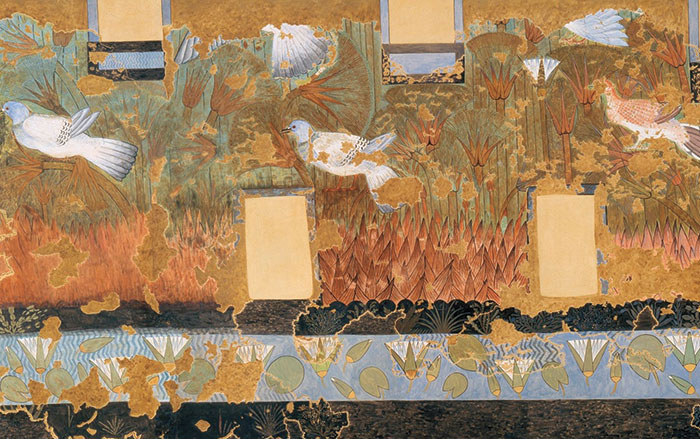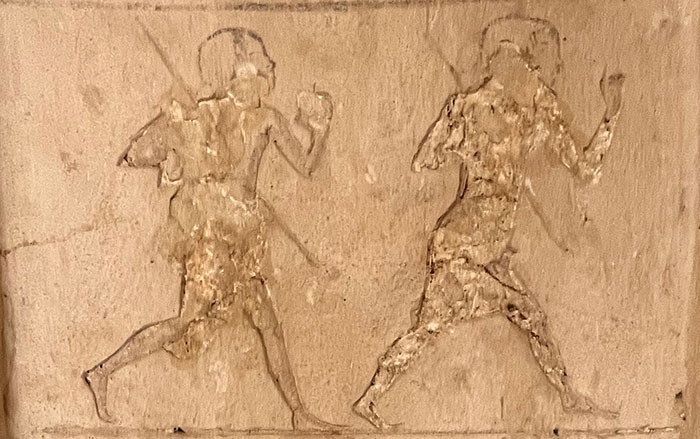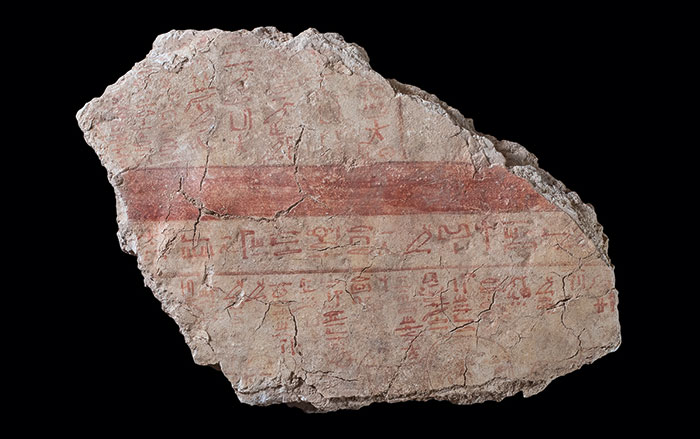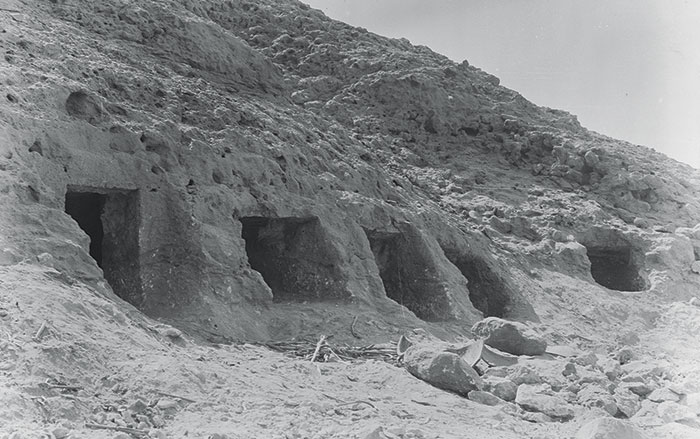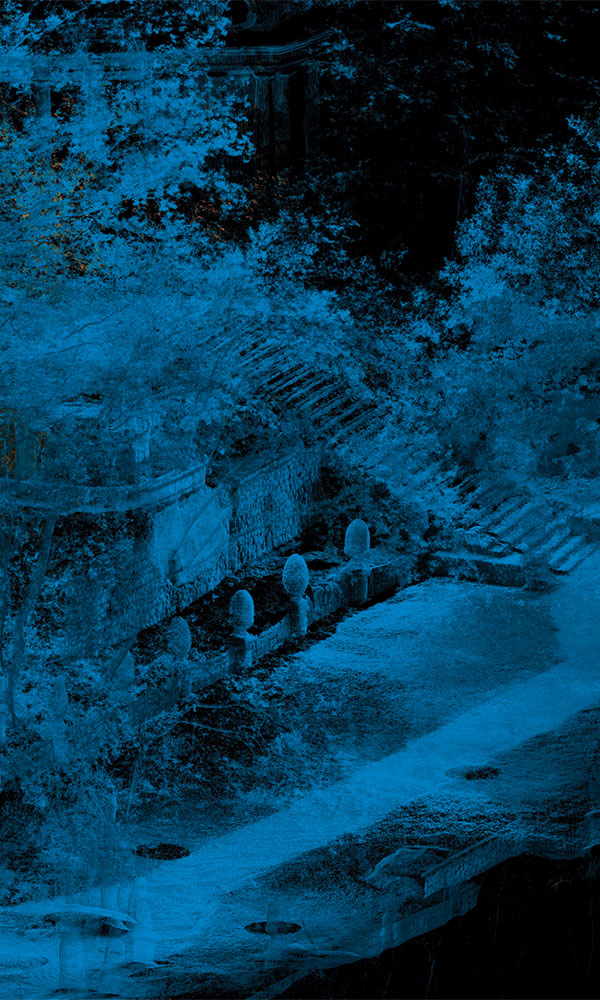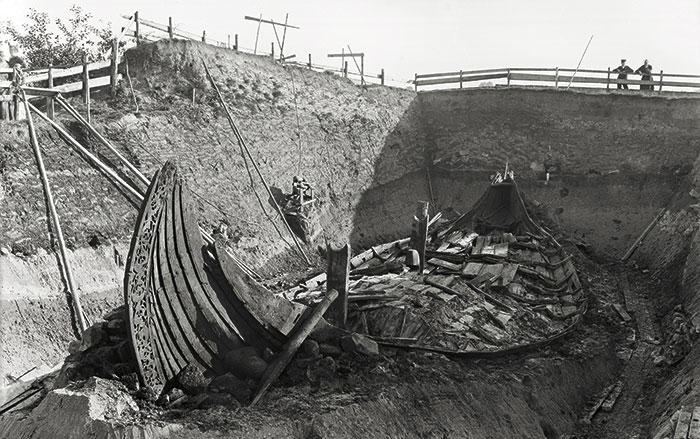

Archaeologists working in Egypt’s Eastern Desert have unearthed evidence of the harsh treatment endured by some Ptolemaic-era miners. Egypt’s gold mines were a coveted source of wealth for its rulers for more than 2,000 years. Mining was particularly intensive at the beginning of the Ptolemaic period (304–30 b.c.), when the first Ptolemaic pharaohs required gold to fund military campaigns and building projects. As many as 40 mines were opened at this time, including one at the site of Ghozza that dates to the second half of the third century b.c. Recent excavations there have uncovered parts of an extensive mining town, including streets, residential areas, administrative buildings, and even baths. Several ostracons—fragments of pottery that contain writing—found at Ghozza indicate that some workers were paid wages, but a discovery made elsewhere at the site suggests that others were not. In a storage building, archaeologists found two sets of shackles they believe were fastened around the ankles of unfortunate miners. This would have left the miners’ arms free to carry out their work, but would have severely hindered their ability to walk. “The presence of shackles indicates that part of the workforce was not free,” says Bérangère Redon, an archaeologist at France’s Laboratoire HISOMA. “The ones that we found are permanent—they cannot be removed once they have been hammered around the individual.”
These iron restraints are among the oldest that have been found in the Mediterranean. Their discovery seems to confirm a report from the second-century b.c. writer Agatharchides that some Ptolemaic gold mines were staffed by prisoners of war, convicts, and enslaved individuals: “And those who have been condemned in this way—and they are of a great multitude and all have their feet bound—work at their tasks unceasingly both by day and throughout the entire night.”




